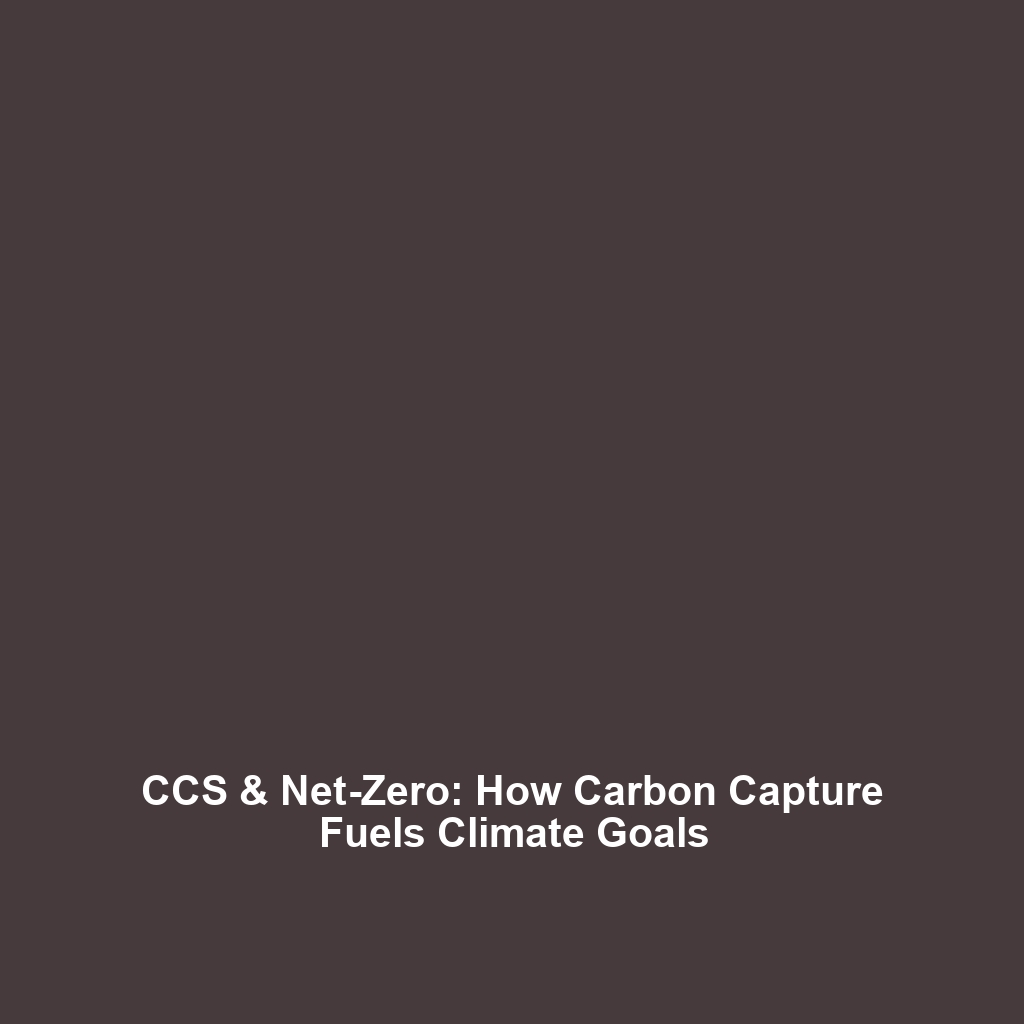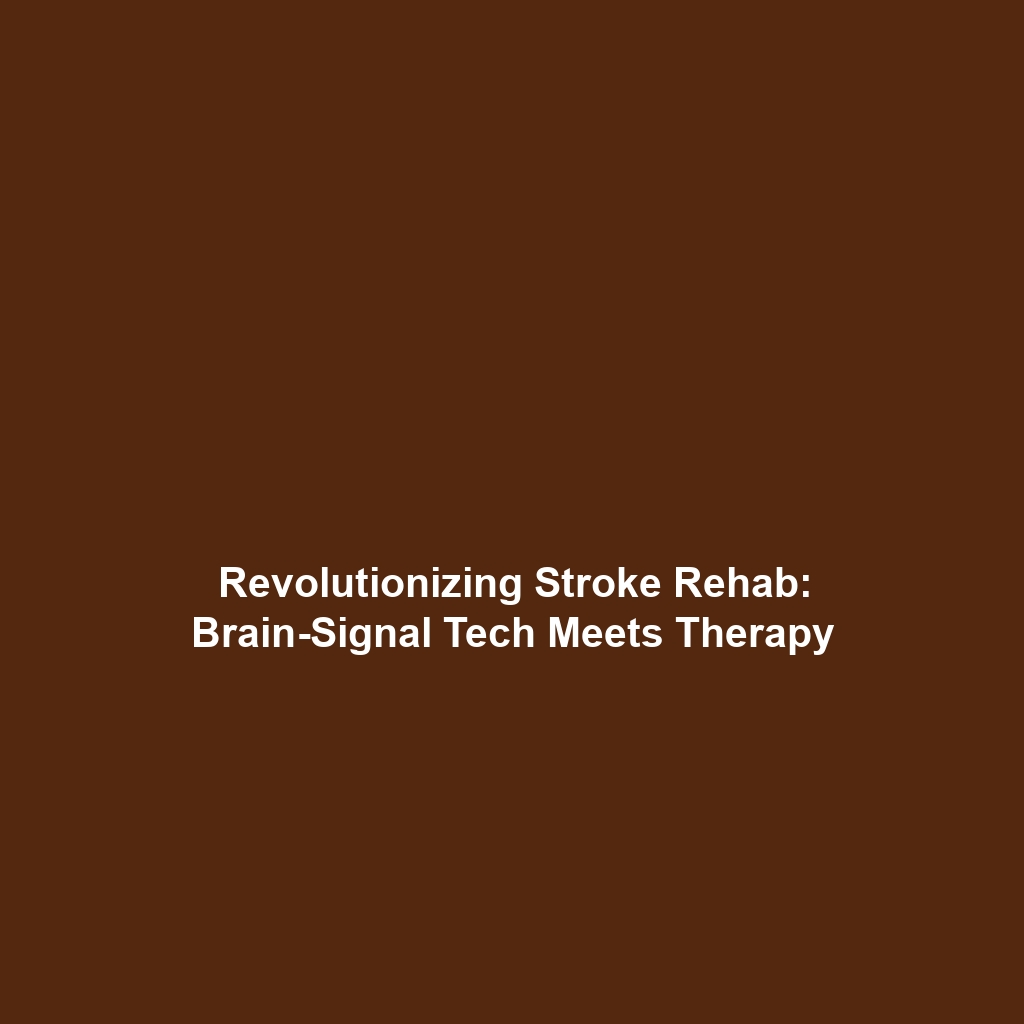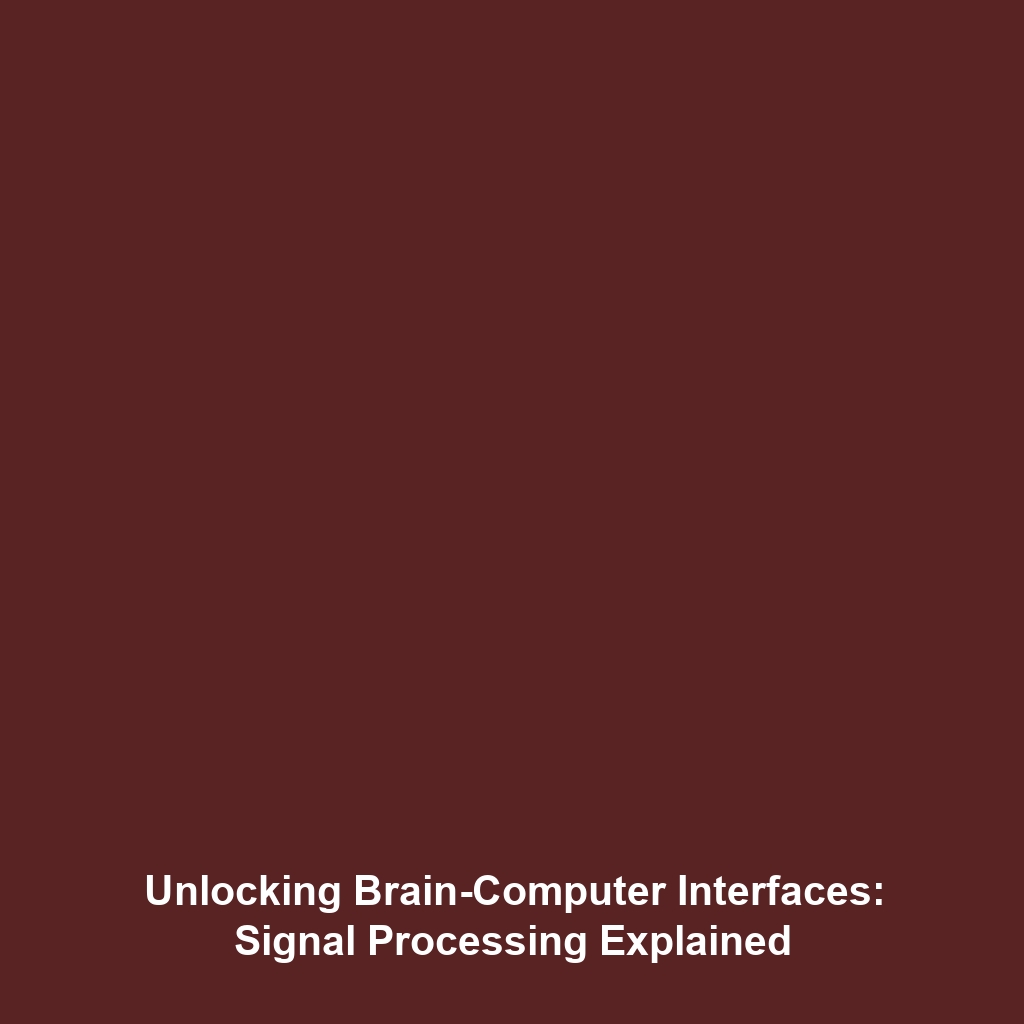Case Studies Where Public Engagement Has Been Successful as Models for Future Projects
Introduction
Public engagement plays a critical role in the success of Carbon Capture & Storage (CCS) projects. Engaging local communities and stakeholders can significantly enhance the acceptance and efficacy of CCS initiatives. Successful cases of public engagement provide valuable lessons that can inform and shape future projects, bridging the gap between technology and community involvement. This article explores various examples where public outreach has positively impacted CCS implementations, emphasizing the significance of these case studies in the broader context of environmental sustainability.
Key Concepts
Understanding Public Engagement in CCS
Public engagement encompasses various strategies to involve communities in decision-making processes related to CCS projects. Key concepts include stakeholder outreach, transparency, education, and dialogue. By fostering an environment where the public feels informed and considered, CCS initiatives can gain social license and support, which is crucial for their success.
Importance for CCS Projects
The integration of public input into CCS projects aligns with broader climate goals, enhancing not only project feasibility but also community trust. Effective public engagement directly correlates with heightened awareness and less opposition, showcasing why project developers should prioritize community relations as part of their strategy.
Applications and Real-World Uses
Case studies in successful public engagement highlight how these practices can be applied in real-world CCS projects. Examples include:
- Involvement in Site Selection: Communities engaged in conversations about site selection contribute to the decision-making process, leading to more favorable outcomes.
- Feedback Loops: Continuous communication channels, such as town hall meetings, foster transparency and allow for real-time feedback that can adjust project plans.
- Educational Campaigns: Programs that educate the public about CCS technologies help mitigate misinformation and build community support.
Current Challenges
Despite the successes, there are several challenges related to the public engagement process in CCS projects:
- Miscommunication: Technical jargon can alienate parts of the community, leading to misunderstanding of project goals and objectives.
- Lack of Trust: Historical issues with environmental projects may lead some communities to distrust project developers.
- Resource Constraints: Adequate resources for effective public engagement may be lacking, leading to rushed or poorly executed outreach efforts.
Future Research and Innovations
Future research is focused on enhancing public engagement strategies through technological innovations. Some potential developments include:
- Use of Virtual Reality: Tools that simulate CCS processes in a virtual environment may help individuals visualize and understand the technology.
- Data-Driven Decision Making: Advanced analytics can help in tailoring engagement strategies to specific community needs and concerns.
- Social Media Platforms: Leveraging social media for real-time engagement can broaden outreach efforts and capture diverse opinions.
Conclusion
In conclusion, successful case studies of public engagement within Carbon Capture & Storage (CCS) serve as essential models for future projects. By prioritizing community involvement and transparency, CCS initiatives can not only secure necessary approvals but also build lasting relationships with stakeholders. It is vital that project developers continue to learn from these past experiences and innovate engagement practices to ensure successful implementation. For more insights into innovative CCS technologies and community engagement, explore our other articles linked below.
Innovations in Carbon Capture Technologies |
Effective Community Engagement Strategies






